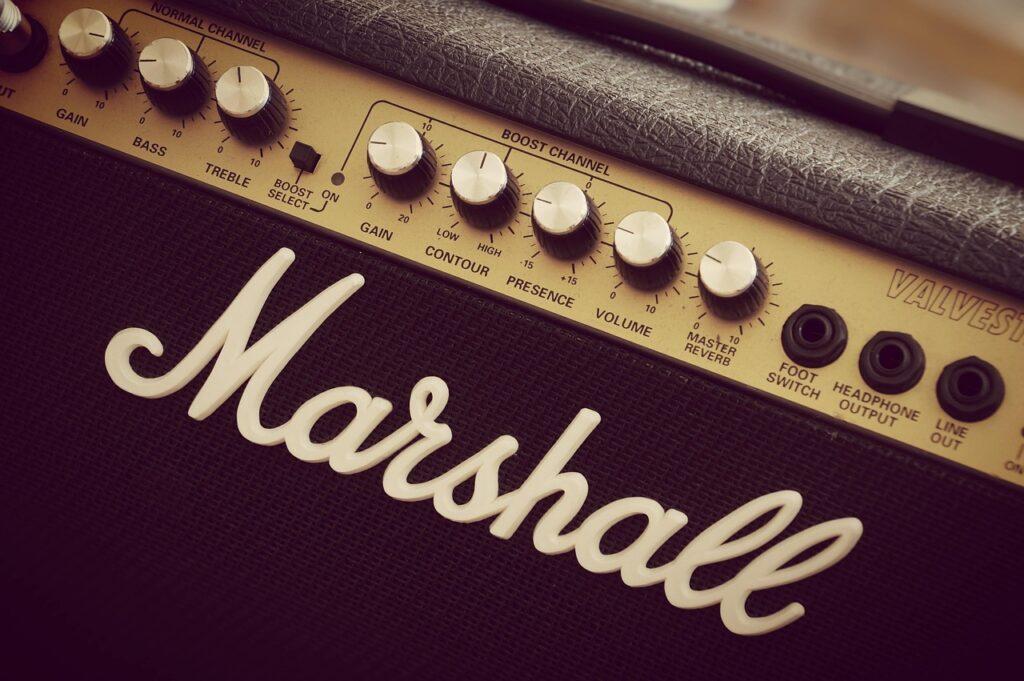Do the Roman numerals used to analyze music make your eyes cross? Do you want someone to explain how it works? Roman numeral analysis might seem a bit cryptic. However, it can be really useful once you understand it. Read more answer the question, “What exactly does I7-vi7-V7, I-iii-IV-I, and IV-V-I-V mean?” Estimated reading time 3 minutes.
Read More

